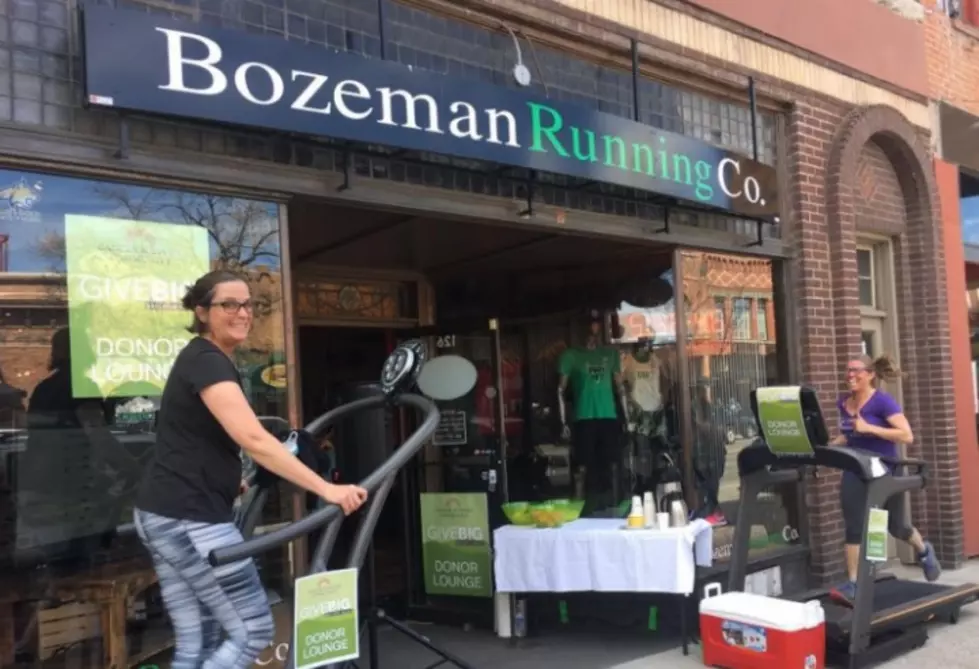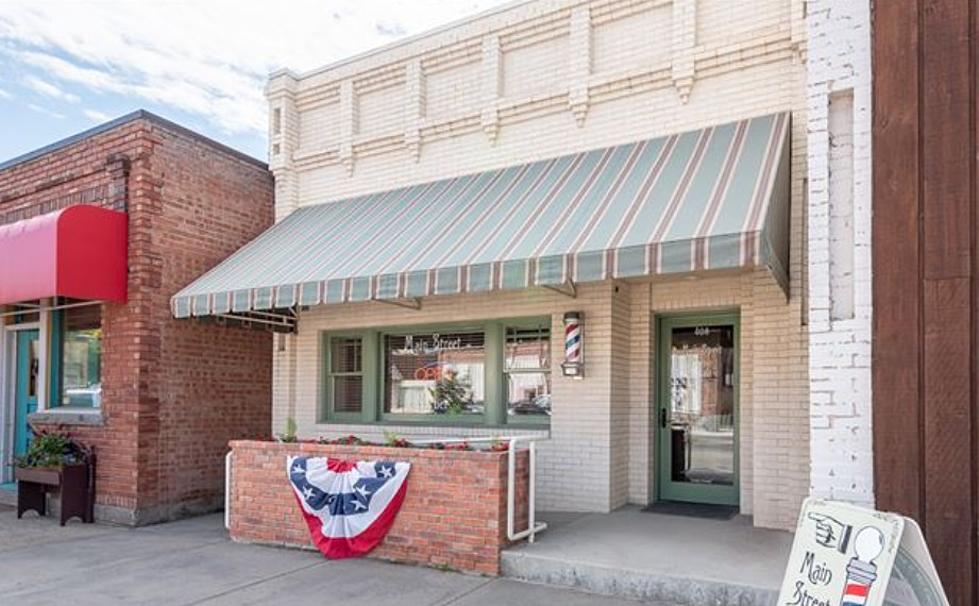
Private Funding For Social Programs
Over the past couple of years I’ve written extensively about government programs and waste. One hundred twenty six poverty programs have barely moved the poverty needle in 40 years. We spend close to $1 trillion dollars each year on various programs designed to help those less fortunate than ourselves with little or no change.
Government Funding
We allocate billions of dollars each year to all sorts of programs with little or none used to administer or police the outcomes. There seems to be little accountability for how many people are helped and in what ways are they helped.
Mostly the money just keeps rolling out and the people in need keep rolling in.
But what if we could fund those programs with private funds rather than taxpayer dollars?
There’s A Better Way
Most social services are paid up front. Each year each entitlement program shows up with their hand out and the government allocates their funding for the year. The money may or may not help those intended but it’s spent just the same.
But what if that same agency was paid at the completion of the year based on results with little to no taxpayer money being used at all?
SIB (Social Impact Bonds)
Social problems are always going to be with us. But the ways we are dealing with them are outmoded.
SIB’s allow government, business, non-profits and investors to work together to solve community problems and challenges without putting taxpayer dollars at risk.
How Do SIB’s Work?
In Massachusetts, 4,000 high-risk youth move out of the juvenile justice system. Over half are expected to be jailed again sometime in the next three years.
A contract to reduce re-incarceration is awarded to help train and improve their employment prospects and save the state the cost of $47,000 each to imprison them again.
The program is funded by banks, foundations, and other potential investors. In this case $18 million in capital was raised.
The company awarded the contract will deliver two years of intensive behavioral and workforce training services and two year follow up for 929 selected at risk applicants.
Payment for Success
The program is monitored for seven years and evaluated on reduction in jail time, and increases in employment and work readiness.
If the program is successful then the contract provider receives some servicing fees and those who invested are repaid with an additional 5 percent or more based on outcomes and other contractual incentives.
If the project fails to deliver then the state pays nothing.
Some Final Thoughts
There are many other states that are looking to Social Impact Bonds to fund many needed programs in their various communities. The beauty of this type of program, aside from no taxpayer money used or wasted, the pay for performance gives added incentive that government programs simply don’t have.
Programs continue to receive funding regardless of their results. Programs that pay their own way and even make a profit. That’s a great deal for this taxpayer.
More From KMMS-KPRK 1450 AM









